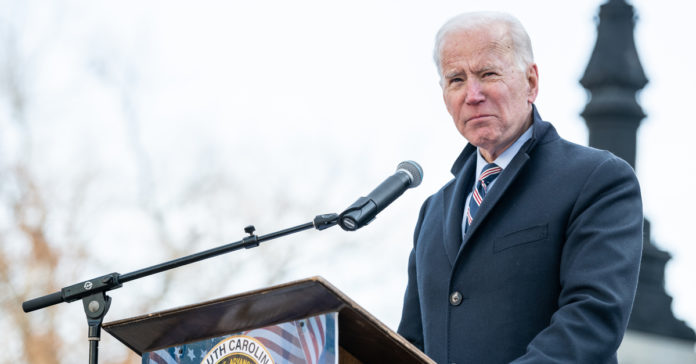Veteran Arab journalist Abdel Bari Atwan says people should not uncritically accept American claims to have killed the ISIS leader.
Many questions have been raised by Washington’s claim to have killed Abu-Ibrahim al-Hashemi al-Qurashi, Abu-Bakr al-Baghdadi’s successor as leader of the Islamic State (IS/Daesh) group, in a Special Forces raid in northern Syria — about what actually happened, the impact of the operation and its timing.
Before going into the details, it must be said that this assassination furnishes a pretext for U.S. forces to remain in oil-rich north-eastern Syria to bolster the separatist Kurdish forces that control it after they were dealt setbacks by Daesh and amid growing Iraqi and Syrian popular resistance to American occupation.
A number of points can be made and questions asked about the U.S. operation in the village of Atme north of Idlib and the circumstances surrounding it.
First, there is no actual confirmation that U.S. forces killed Qurashi. There are no photographs of him and he has made no public appearances since he assumed leadership of the group in October 2019.
The Pentagon’s latest statement said he blew himself up with a bomb that scattered his body parts in and outside the building he was in, along with those of 13 other people including four women and seven children.
This statement is designed to absolve the U.S. of responsibility for killing women and children or of providing evidence that Qurashi was among the victims. This reminds us of the scenario of the assassination of his predecessor Baghdadi, and previously of al-Qaida founder and leader Osama Bin-Laden. To this day there has not been a single photo documenting their killing.
Subscribe to our newsletter and stay updated on the latest news and updates from around the Muslim world!
The timing of this murky operation is also significant. It follows the ten-day ISIS assault on al-Hasaka prison that exposed the fragility of the Kurdish Syrian Democratic Party’s forces and their inability to safeguard this facility in their ‘capital’ where the most dangerous ISIS detainees were being held. The operation in Syria may have been aimed at boosting these forces’ morale by claiming to have killed the assailants’ leader.
However accurate or not U.S. accounts of the operation may be (and they remain one-sided) the fact remains that ISIS has been making a powerful comeback in Iraq and northern eastern Syria. It has awakened its sleeper cells that were dormant for three years and reactivated them in deadly fashion.
The ferocious assault on al-Hasaka, which caused 500 deaths on both sides, and which some say is ongoing with Daesh still in control of some parts of the city, was the group’s way of announcing its return to the scene. In recent months it has stepped up attacks on Syria and the Syrian army and assassinated around 200 local leaders and tribal chiefs. It has kidnapped many others and demanded ransoms for their release to fund its fighters and operations. It has also killed many Iraqi soldiers in its usual savage manner.
The killing of Qurashi in which the U.S. administration is glorying, even if verified, will not have the desired impact on Daesh. It might have the opposite effect by highlighting that the group is resurgent (whoever may be behind it — one theory is that it’s the U.S. itself), its enemies are divided, and it is taking them on. The group did not collapse as the American narrative claimed after the killing of Baghdadi. It may have lost its territorial state, but it did not shed its aspirations or its brutal terrorist ideology.
The reason for that is simple. The behaviours and abuses that originally led to its emergence, above all the U.S. occupation of Arab lands, are still being practiced. The marginalising policies that provided it with a constituency persist and have intensified, on top of the hunger, unemployment and humiliations suffered by the populations of these and other areas, and the general absence of good governance throughout the region.
American yarns continue to be spun and find people to believe and even support them. But U.S. forces and bases in Syria and Iraq, and the region in general, will not remain for long. They are destined for humiliating and ignominious withdrawal, as in Afghanistan a few months ago and Iraq in 2013.
This article first appeared in raialyoum






















